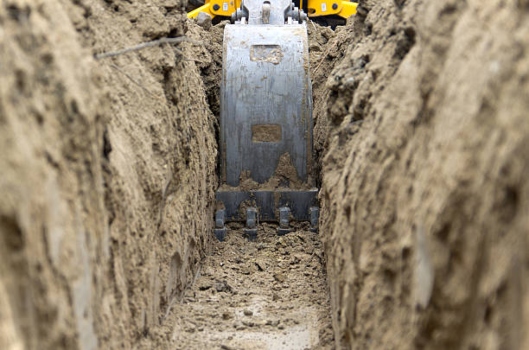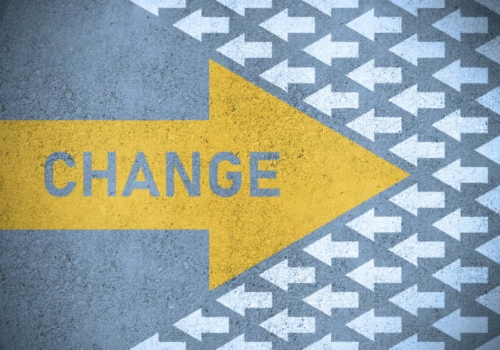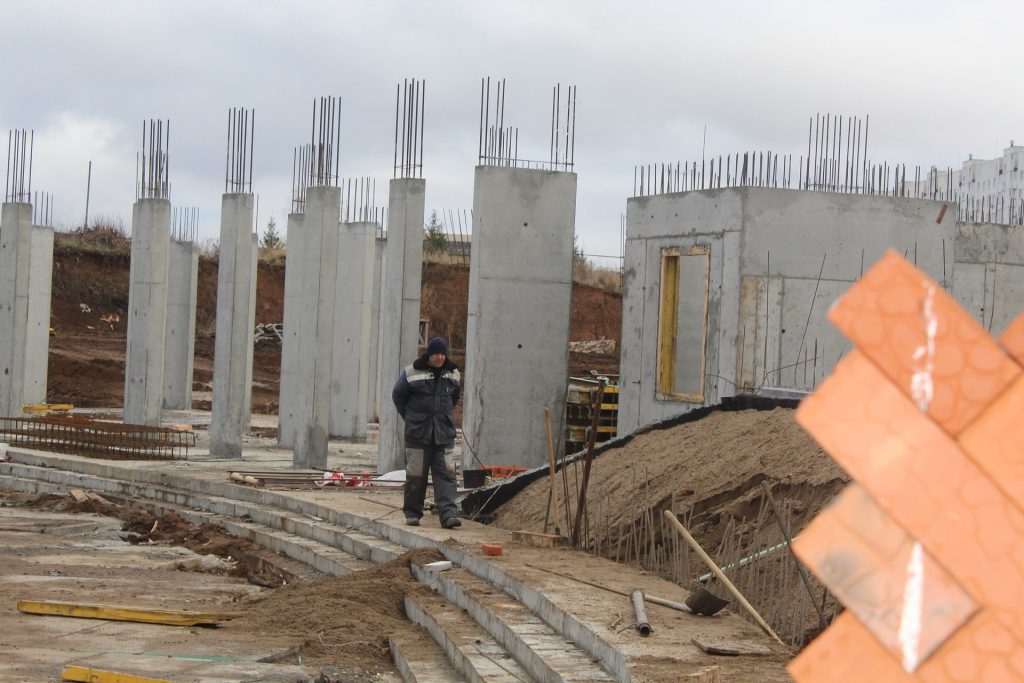Pretty Deep When the Bottom is Mud
It’s been a few months since Tony pulled his stunt leaving Gene high and dry without any notice. Gene moved on…what else could he do?
Gene replaced Tony with Darin. Darin is less experienced, but at least he has shown up so far. Of course, this may be because Darin doesn’t have anything to drive, so Gene picks him up and takes him home every day.

Gene has been very busy. He’s had a lot of construction projects to do, not to mention trying to keep up with the paperwork. Things seem to be getting busier and busier. Maybe things are going to turn around for his business.
As Gene was on his way to pick Darin up this morning, the truck began to make a grinding noise and it was hard to shift the truck into second gear. It didn’t get any better after picking Darin up and going to the job site.
Then it happened…the transmission went out.
When Gene got to the job site, he couldn’t get the truck out of second gear.
This wasn’t part of Gene’s plan. After getting Darin started framing the walls for the garage addition, Gene went to check out the truck. After messing with it for a while it became clear that it was going to need to go to the shop.
Gene calls for a tow truck and has the truck taken to the mechanic.
Gene goes to work getting the walls of the garage stood. This needs to be done if the garage project is going to be ready for the trusses tomorrow as scheduled.
Midway through the afternoon, Gene gets a call from the mechanic. The transmission needs to be replaced. This is going to cost $3,800, and Gene doesn’t have enough for that.

Now Gene needs to figure out how to pay for the transmission. This means he’s not going to be able to set trusses tomorrow.
Gene calls his wife to see if he could get a ride home. So much for things turning around.
While Gene’s wife is taking him home, he explains the situation. He informs her that he needs to use her car so that he can go to the bank tomorrow. He needs to see if he can borrow the money to fix the truck.
The next day, after Gene drops his wife off at work, he goes to see the banker.
Gene’s credit score isn’t great. After a little pleading with the banker, he gets approved for a loan to get the truck fixed. Gene calls the mechanic from the bank and gives him the go ahead to get the transmission ordered.
The mechanic says it will take a couple of days to get the transmission and then a couple more to get it changed. This means Gene needs to find a vehicle, preferably a pickup, so he can continue working on the garage project.
Gene calls his dad to see if there would be a chance to use his pickup for a few days. His dad lets him borrow the pickup so he can go ahead and work on getting the garage project finished.
—
It’s been a couple of weeks. Gene got his truck back and the garage project is finished. He’s on his way to meet with the customer and collect the final payment…and he needs this payment. Maybe now things will turn around.
As Gene gives the final invoice to the customer, he can tell that something’s wrong.
“What’s the matter?” Gene asks.
The customer looks up and says, “This is more than I expected. Based on the bid you gave me and what I’ve already paid you. The balance should be $7,500. Why is this bill $9,100?”

“The bid didn’t include windows,” replies Gene. “But after we got started, you told me that you wanted a window on each side wall of the garage. The additional $1,600 is for installing those two new windows.”
“Yes, but I had no idea two windows would be that much,” says the customer. “The price I saw for windows at Lowes was $100. I was expecting to pay an extra $250 or maybe $300 for those two windows, not $1,600.”
“Those $100 windows are nowhere near the quality of the ones I installed,” Gene says. “It cost me more than $300 for each window.”
After discussing this situation at length…the customer agrees to pay $600 for the windows if Gene wants a check today. Otherwise, the customer would let his attorney handle it.
Gene feels like the customer knows that with the truck transmission situation, Gene would settle for what he offered. Gene could take the $8,100 today or get nothing today and fight for the full $9,100.
Gene takes the $1,000 hit and leaves.
When it rains it pours and now the bottom of the rut is muddy.


















































